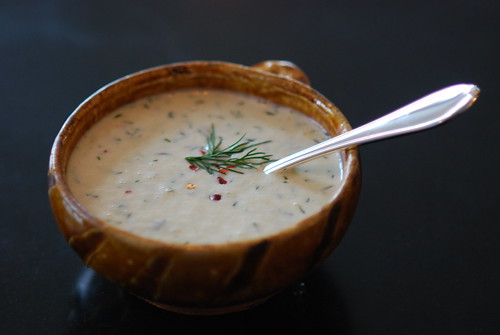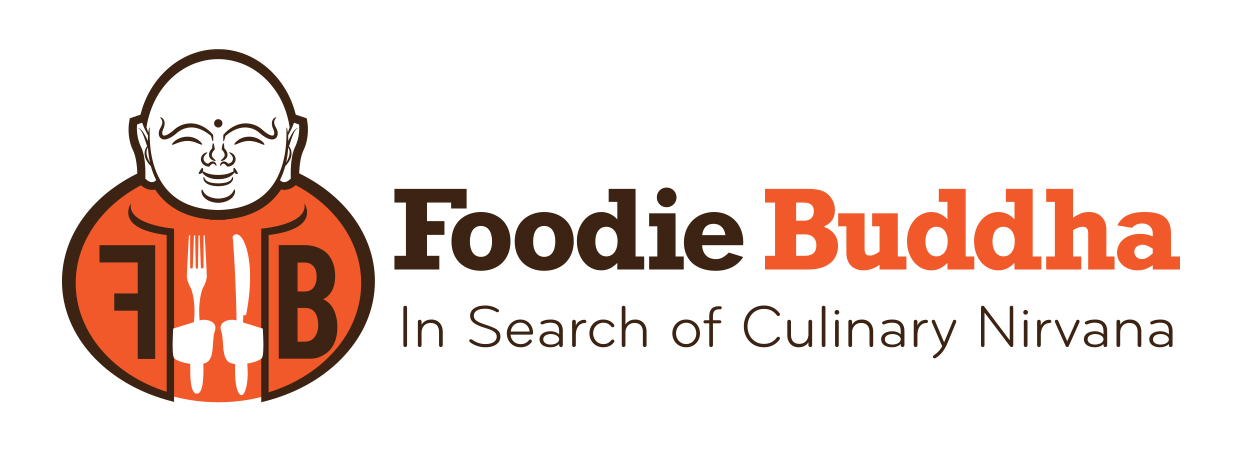
Bum bum bum … another one bites the dust. Yes, that’s it for this season of Top Chef. By now, y’all probably know that while the season was set in DC, the two part finale took place in Singapore. There was the usual ranting and raving, and some rather unimpressive food. Still, we all watched like the good foodies we are. Since the winner was easily worse than most any finalist from any other season (note: i said MOST not all), this season means there isn’t much place for the show to go but up! And with that, I bring you this spoiler free week edition of What Was That Ingredient.
As you might notice, this list is a compilation of those odd bits from both episodes that constituted the finale.
À la Minute
As explained during the episode, à la minute is a French expression that refers to a dish which has been prepared to order. As most restaurants prep their ingredients ahead of time, this method is a high-end version of short order cooking.
Char Siu Bao
Char siu bao, aka cha siu baau, are Cantonese pork buns. As the word bao translates to bun, char siu is the filling. These are sometimes baked, giving them a golden, bread-like appearance. Unlike most other kinds of bao, char siu bao has yeast and baking powder in the bun.
Cockles
Cockles are small, saltwater clams. Short but sweet on that description.
Fleur de sel Crème Chantilly
Fleur de sel is hand-harvested sea salt. It’s extremely rare and thus very expensive (as salt goes). It comes from the top layer of salt pans. Crème Chantilly is just the fancy name for sweetened whipped cream.
Gai Lan
Gai Lan, sometimes called kai-lan, is a leafy vegetable with blue-green leaves. It is very similar to the evil and devious broccoli and consequently, responsible for all the world’s ills as the Devil’s minion.
Rambutan
Now I had to look this one up, as I had never heard of it. According to wiki, rambutan is a medium-sized tropical tree. The fruit of the tree goes by the same moniker. I’m very familiar with its close cousin: lychee. Anywho, rambutan has all sorts of uses, so have a look at that article.
Rouget/red mullet
As with à la minute, rouget was explained during the episode. It is indeed red mullet fish which you often find in North African cuisine. It’s a very oily fish and makes for great barbecue fodder. Nutty in flavor, they’re pretty small, often weighting around 1/4 of a pound.
Sambal
Sambal is a chili sauce popularized in cuisine that hails from Malaysia, Indonesia, and the Philippines. My first introduction to this was back in the day during a trip to Holland. To that point, sambal is used in Dutch-Indonesian fare. It’s pretty damn spicy and there are tons of different sambal sauces. It’s made from a variety of peppers, though chili peppers are the most commonly used.
Singapore Sling
A Singapore Sling is a cocktail dating back to the early 1900s. It was invented in a Singapore Hotel and at its core, consists of gin, benedictine, heering (also used in a Blood & Sand), and pineapple juice. It’s freaking delish!
Slipper Lobster
Slipper lobsters aren’t actually lobsters. They are long, flat crustaceans that hang out in warm water oceans. They usually cap out around 6”; however, there is a larger variation that comes in around 18”and tips the scales at 3.5-4 lbs. Those larger suckers can be consumed and prepared in the same fashion as a true lobster. More often than not, you end up with the smaller ones, and those are best used in soups (especially bouillabaisse).
Velouté sauce
Velouté sauce is one of the four mother sauces of French cooking (jeez … do these people know anything other than French food?). To make it, you use a roux of butter and flour, some stock (chicken or fish, sometimes veal) and some pepper. The above picture comes courtesy of flickr and is a V-soup. Looks good huh? Unfortunately, it’s not indicative of the food put out by the chefs during TC: DC.
—
Okay gang, that wraps up the last “What Ingredient Was That?” for this season. I hope you found it a useful series; please feel free to ask about other things or expand on what I’ve said down below in the comments! Until next season.

